Trees with red leaves – 9 varieties for stunning color, even in winter
Showstopping trees with red leaves will add vibrancy and warmth to any garden space
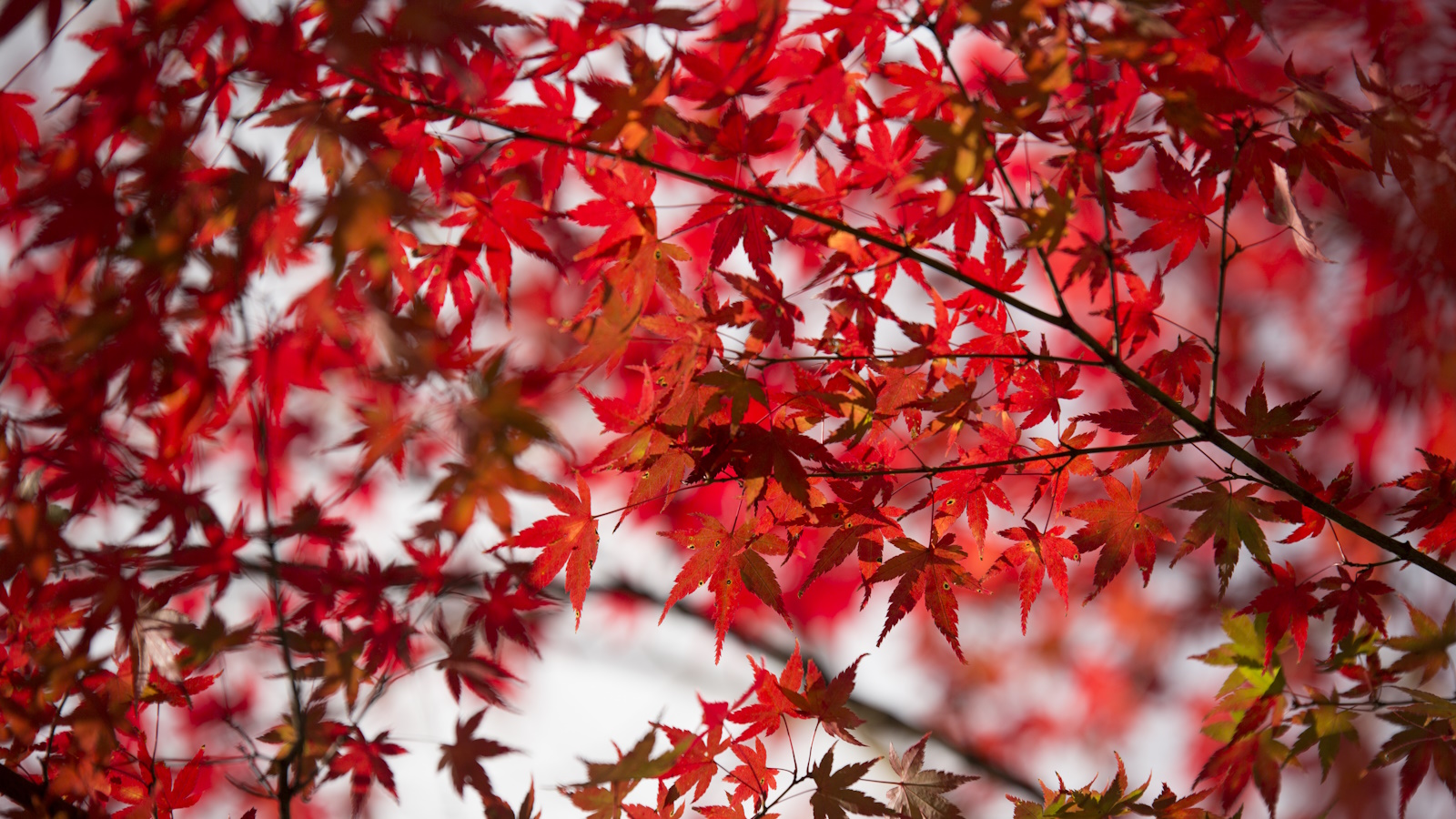
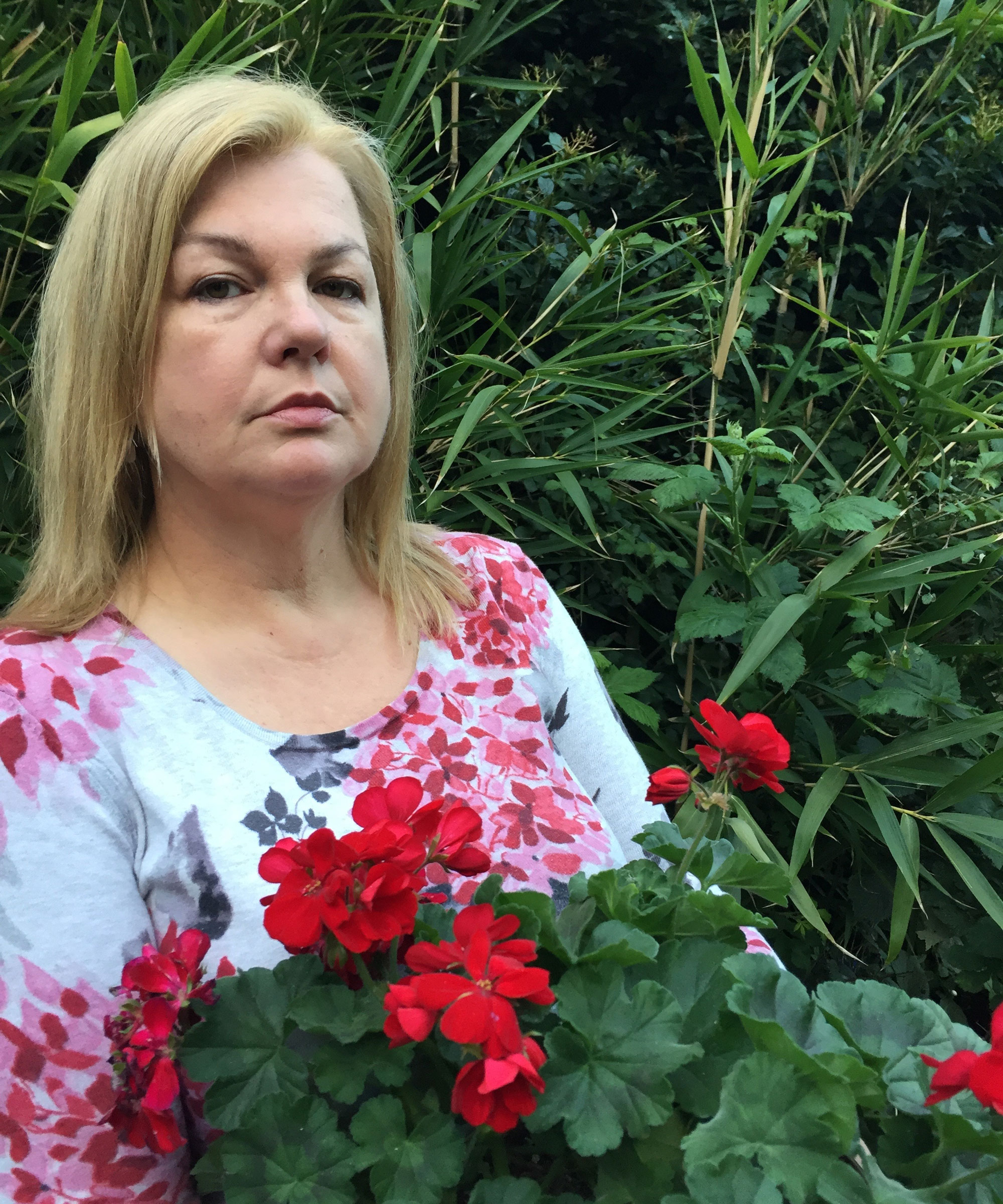
Rachel Bull
Adding trees with red leaves to your plot is a wonderful way to introduce ornamental detail and vibrant color. Not only do they add showstopping color, but trees with red foliage create warmth, depth and contrast in an outside space, particularly in the colder months of the year.
The beautiful yellow, ochre, rust and orange tones that light up our gardens in fall are stunning, but it's perhaps the gorgeous varied tints of red that make their mark most when it comes to the best trees for fall color. There are a range of different trees with red leaves to choose from, with all shapes and sizes on offer so even if your outdoor space is small there are still plenty of options that will work.
Whether you're looking for vibrant foliage to work alongside evergreen trees, or you simply want to inject a little wow factor into your plot, there are plenty of trees with red leaves to choose from. Here's our top 10 selection.
1. Acer palmatum ‘Atropurpureum’ (Japanese maple)

This small deciduous tree has a naturally rounded shape and layered branching structure. The leaves are unusual because they're purple in spring rather than green, then in summer the foliage starts to change color, becoming scarlet by fall as the seasons shift.
Acer palmatum ‘Atropurpureum’ is one of the easiest trees to grow for fall color. It suits gardens of all sizes and even grows well in containers.
In general, it's easy to care for and grow Japanese maples, with the tallest reaching a maximum of 26ft (8m), while this particular one reaches a height of around 13ft (4m). While each variety of acer differs in size and colour, they all share a similar fiery color palette so it's worth finding out how to grow acers for guaranteed year round interest in your plot.
This elegant ornamental tree is a sun lover that does best planted in a sheltered position with well-drained soil but can easily thrive and adapt to most conditions. They are also easy to propagate because they have shallow roots. In terms of trees with red leaves, you can't beat acers. Japanese maples are also wonderful trees for pots.
USDA hardiness zones 5-8 when grown outdoors.
Acer palmatums are available from Fast Growing Trees.
2. Cotinus ‘Grace’ (smokebush)
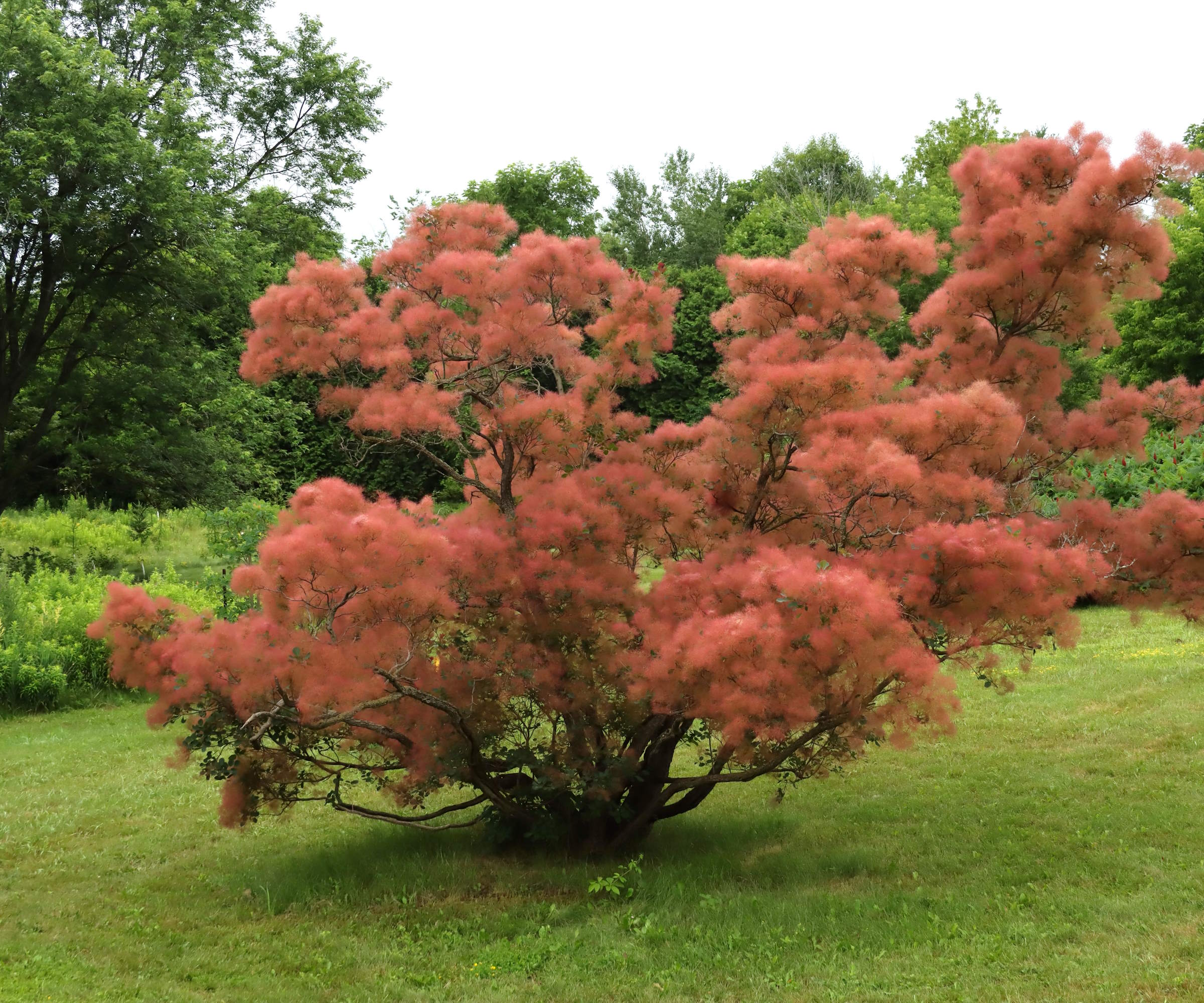
Cotinus 'Grace' is a colorful shrub with red-burgundy leaves and clusters of pink-purple flowers. The frothy flowers cover the plant in June and is said to give the appearance of smoke surrounding the plant, giving rise to its common name of smokebush.
As the seasons shift, the foliage color of this tree also changes. During spring, the foliage looks light red and eventually darkens throughout the summer until fall when the deciduous oval leaves turn brighter shades of scarlet red and orange for a stunning display.
It should be cultivated in moderately fertile, moist but well-drained soil in full sun or will work in part shade if you're looking for the best trees for shade. It benefits from a decent prune in late winter or early spring to keep its shape from getting too unwieldy.
Cotinus is reasonably drought tolerant and can cope with some exposure to wind. Expect it to grow to an eventual height of 16ft (5m).
USDA hardiness zones 5-8.
3. Photinia ‘Red Robin’

This beautiful tree is highly sought after for its striking evergreen foliage, making it one of the best trees for privacy. It produces vibrant red new foliage in spring that contrasts beautifully with the existing glossy green leaves.
In addition, ‘Red Robin’ has attractive ivory white flowers in April-May, making it a great tree for adding interest to the garden whatever the season.
The best evergreen shrubs add year round interest to the garden, and photinia ticks all the boxes. It's easy to look after and will grow well in partial shade or full sun if you give it well-drained soil. The sunnier the position, the more intense shade of red the leaves will be. In early spring give it a boost by layering on well-rotted garden compost or manure around the base of the plant. It reaches an eventual height of 13ft (4m).
USDA hardiness zones 7-9.
4. Katsura
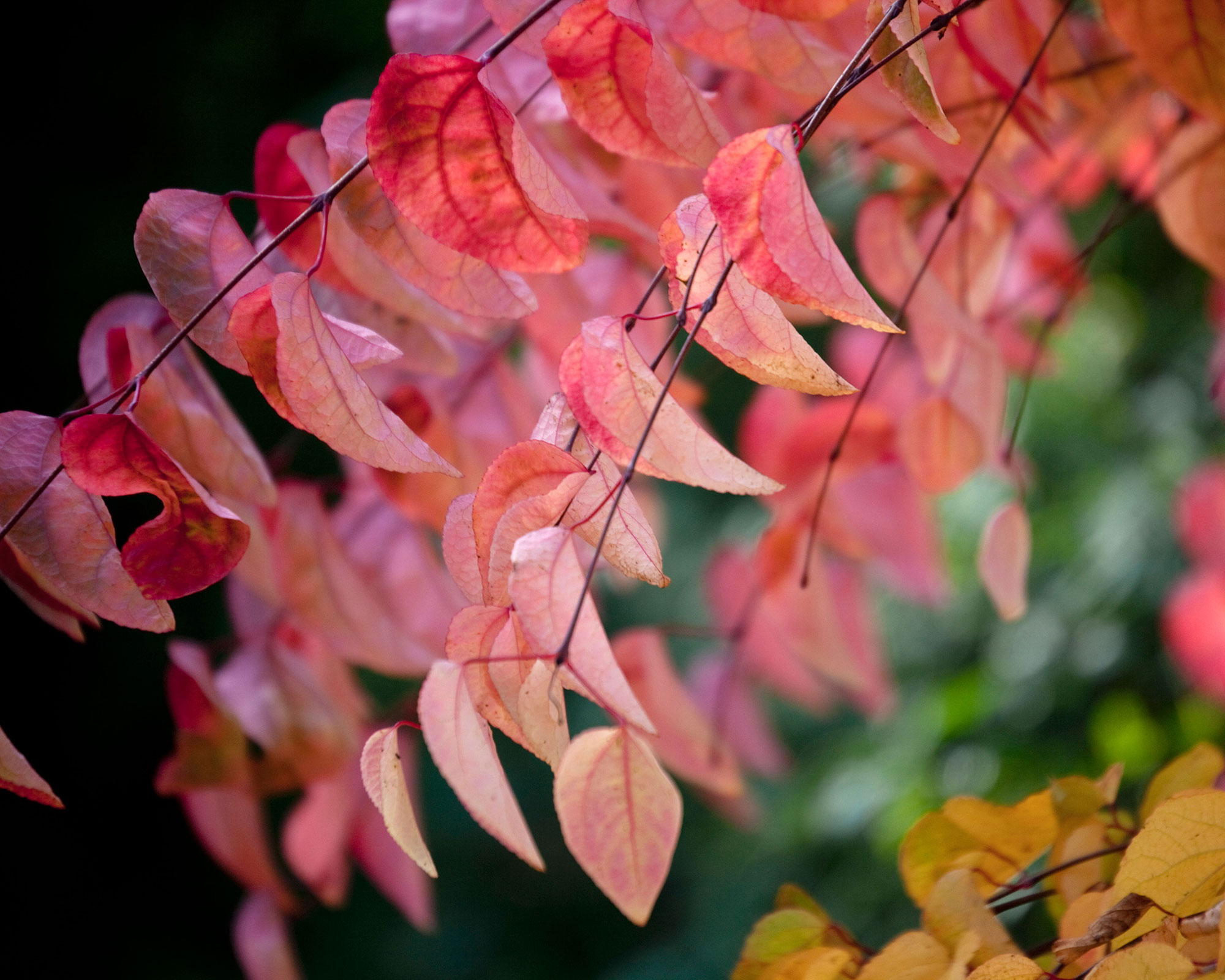
One of the most spectacular trees for fall color, the katsura (Cercidiphyllum japonicum) has copper-toned foliage that transforms into a blaze of yellow, pink and scarlet in fall. The fiery tones are complemented by the delicious sweet caramel fragrance of the leaves. It’s sometimes called the caramel tree or the candyfloss tree because of this.
The katsura is native to China and Japan where it can grow to an incredible 147ft (45m), making it one of the largest deciduous trees in Asia. But elsewhere it generally grows to around 20ft (6m) over a 20-year period.
The new heart-shaped leaves that emerge in spring are supplemented by pretty flowers. With an elegant structure, the katsura tree will grow on most soils, with acidic soil producing the most vibrant displays of color. It prefers sun or light shade in a slightly sheltered position to protect from late frosts.
USDA hardiness zones 4b - 8.
Katsura trees are available at Fast Growing Trees.
5. Japanese rowan
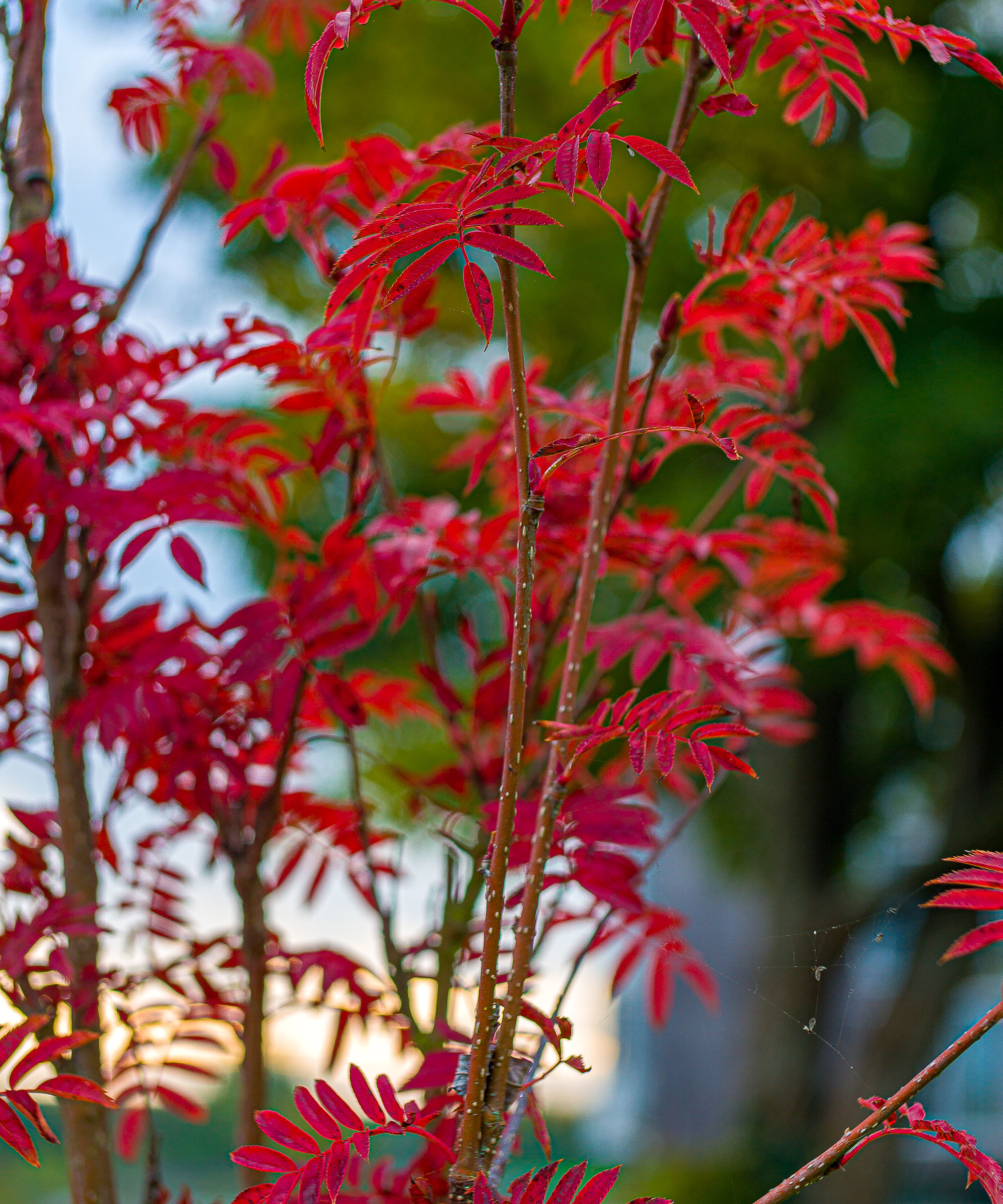
If you want one of the best trees with red leaves, you'd be wise to consider this one. Widely regarded as one of the best rowans for fall color, Japanese rowan (Sorbus commixta) has pinnate green leaves that fade to vivid red and orange, together with large clusters of red berries.
It's also one of the top trees with red berries, making it popular with garden birds throughout winter. The white flowers that appear in May are popular with bees and other pollinating insects too.
Slow growing and with a small erect form, it’s perfect for small gardens and other limited spaces as it will only grow to around 20ft (6m) in a 20-year period.
It’s also a tough type of rowan that will be fine in an exposed position and thrives in both full or part sun. It will grow in most soils, although it is happiest with slightly acidic conditions.
USDA hardiness zone 5-9.
6. Malus purpurea ‘Crimson Cascade’
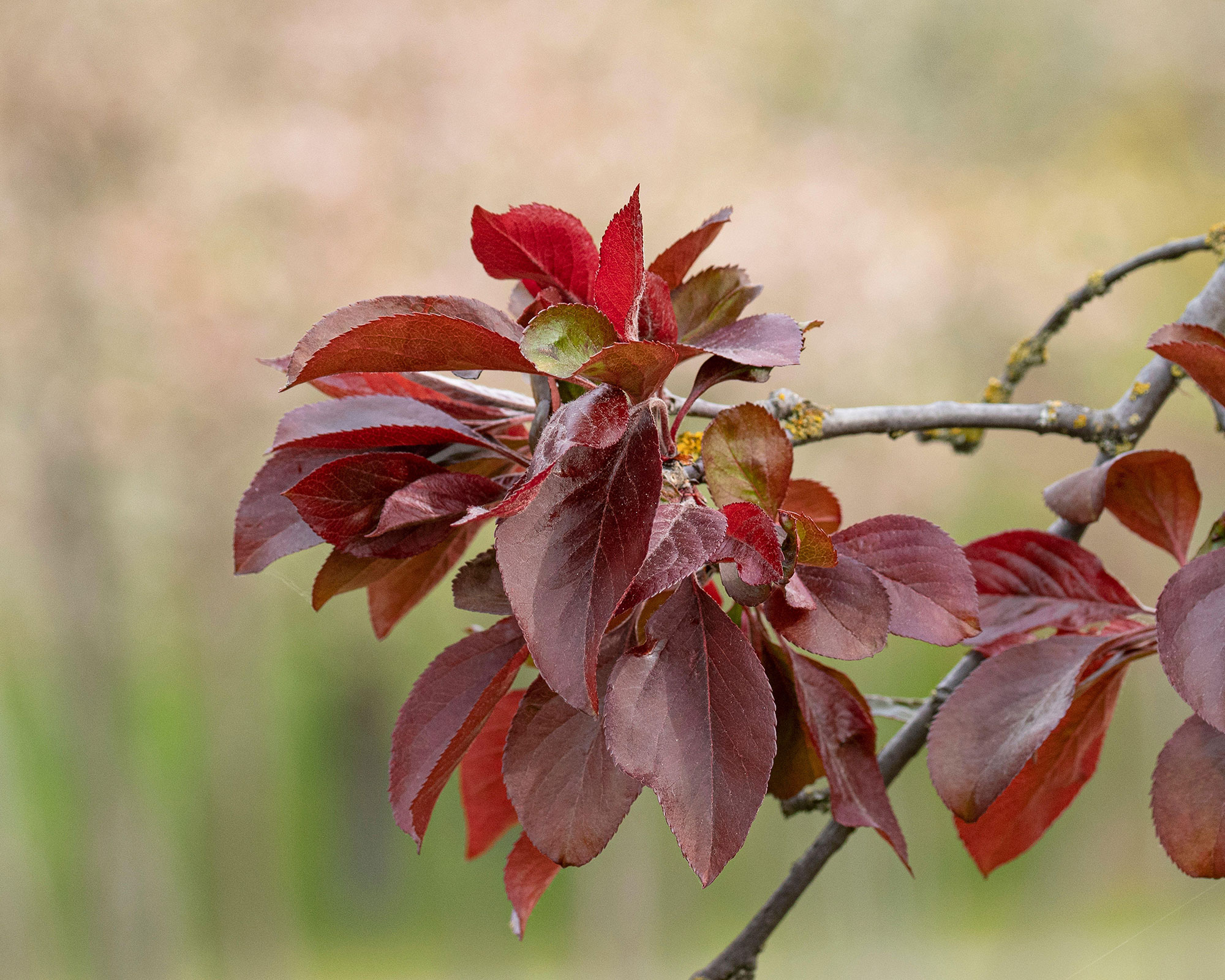
With its striking colors and compact size, weeping Malus purpurea ‘Crimson Cascade’, or purple weeping crab apple tree is one of the best trees for small gardens. The long whippy branches cascade down almost to the ground to create a stunning focal point.
In spring the blossom is dusky pink and emerges with pretty purple foliage, so it's worth considering this variety if you're a fan of flowering trees. The leaves then turn bronze-green in summer and fall, with deep red-purple crab apples developing to add ornamental value.
Plant ‘Crimson Cascade’ in full or partial sun and it will grow well in most conditions except wet soil. Expect it to grow to a height of 14.5 ft (4.5m) in 20 years.
USDA hardiness zones 3-8.
7. Acer palmatum ‘Cascade’
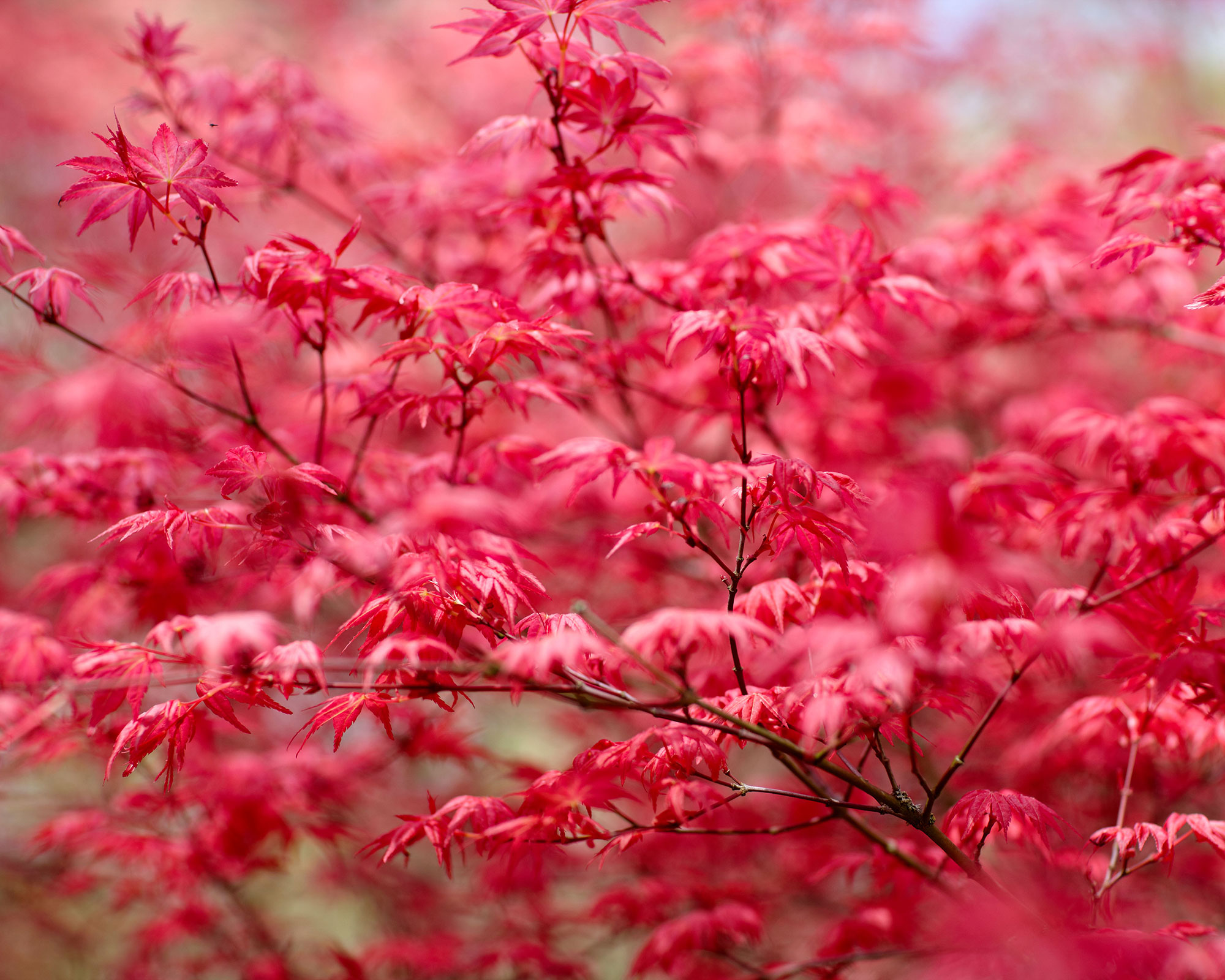
A fairly new variety of Japanese maple grown for its elegant and delicately arching branches, the tree Acer palmatum ‘Cascade’ is a good all-rounder that offers interest from spring through to fall.
New foliage appears on red-orange stems in spring and glows coppery red. As the leaves mature through summer they fade to green then burst into vibrant shades of red and orange on bright red stems in autumn.
With an eventual height of 9.5ft (3m), 'Cascade' is perfect for small gardens too. To get the best from your new tree plant it in a moist yet well-drained sheltered site in full sun to partial shade. Acers are also one of the best trees to grow in pots, so can be a good option if you only have a small patio or courtyard for your outside space.
What's more, acers are a regular feature of Japanese garden ideas so are the perfect choice if you like the idea of adding a touch of Zen to your garden.
USDA hardiness zones 5-8
8. Cercis canadensis 'Forest Pansy’
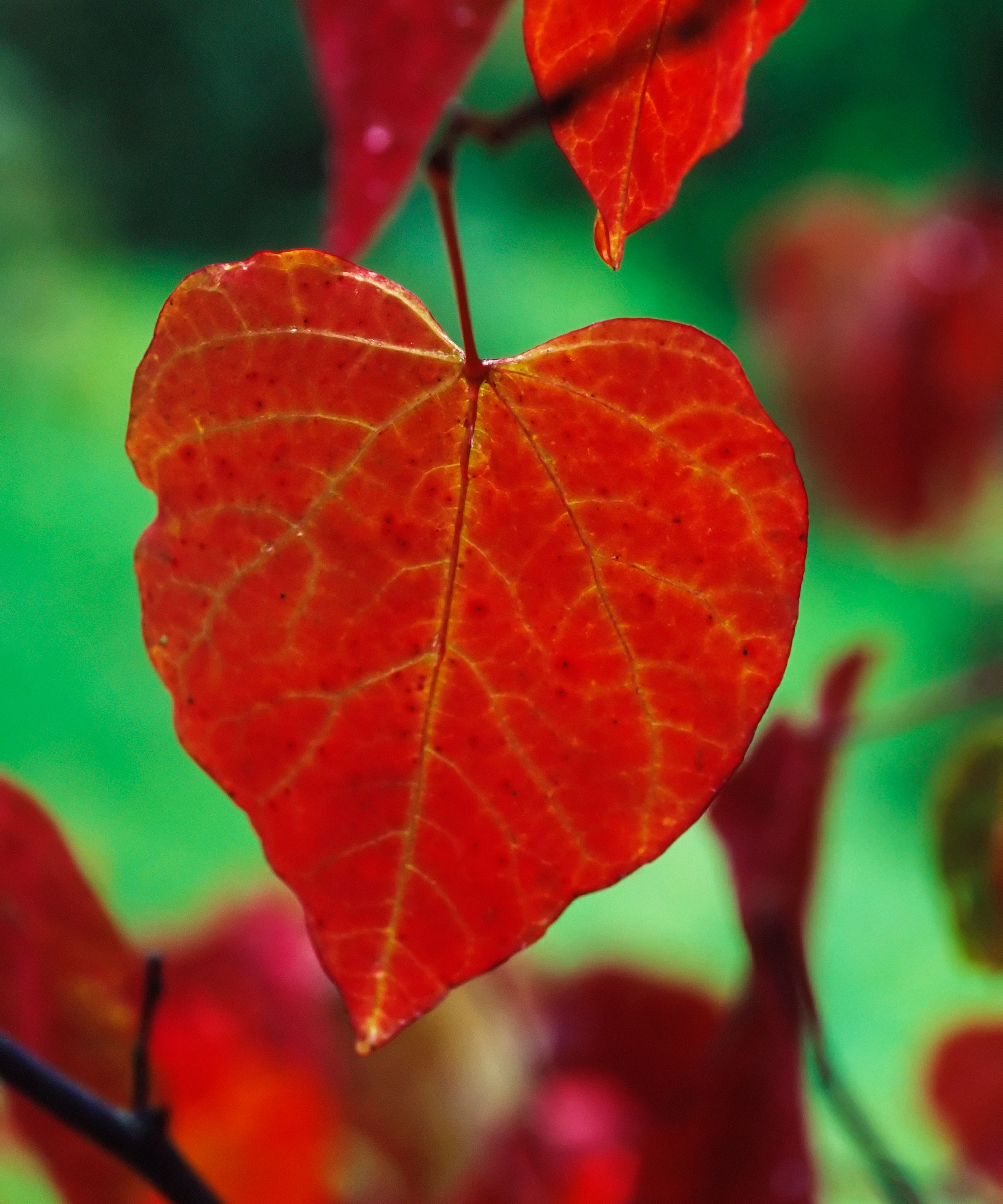
Don't be confused - this is a tree with red leaves, not the popular flower. The forest pansy is a small tree renowned for its dramatic foliage. It’s interesting in that its leaves start off red in spring rather than turning red in fall.
When the heart-shaped leaves unfurl they are a glossy, vibrant ruby red which darkens to a rich purple-plum shade in summer. In fall they turn striking shades of orange, red, yellow and purple. This constantly shifting color palette is one of the things we love about this tree.
For best results grow in full sun or partial shade, in a south- or west-facing aspect. Most well-drained soils will be suitable. For the best leaf color, plant in an open, sunny position. You can expect an eventual size of around 16.5ft (5m) over a period of 20 years.
USDA hardiness zone 6a-8b.
9. Cornus kousa
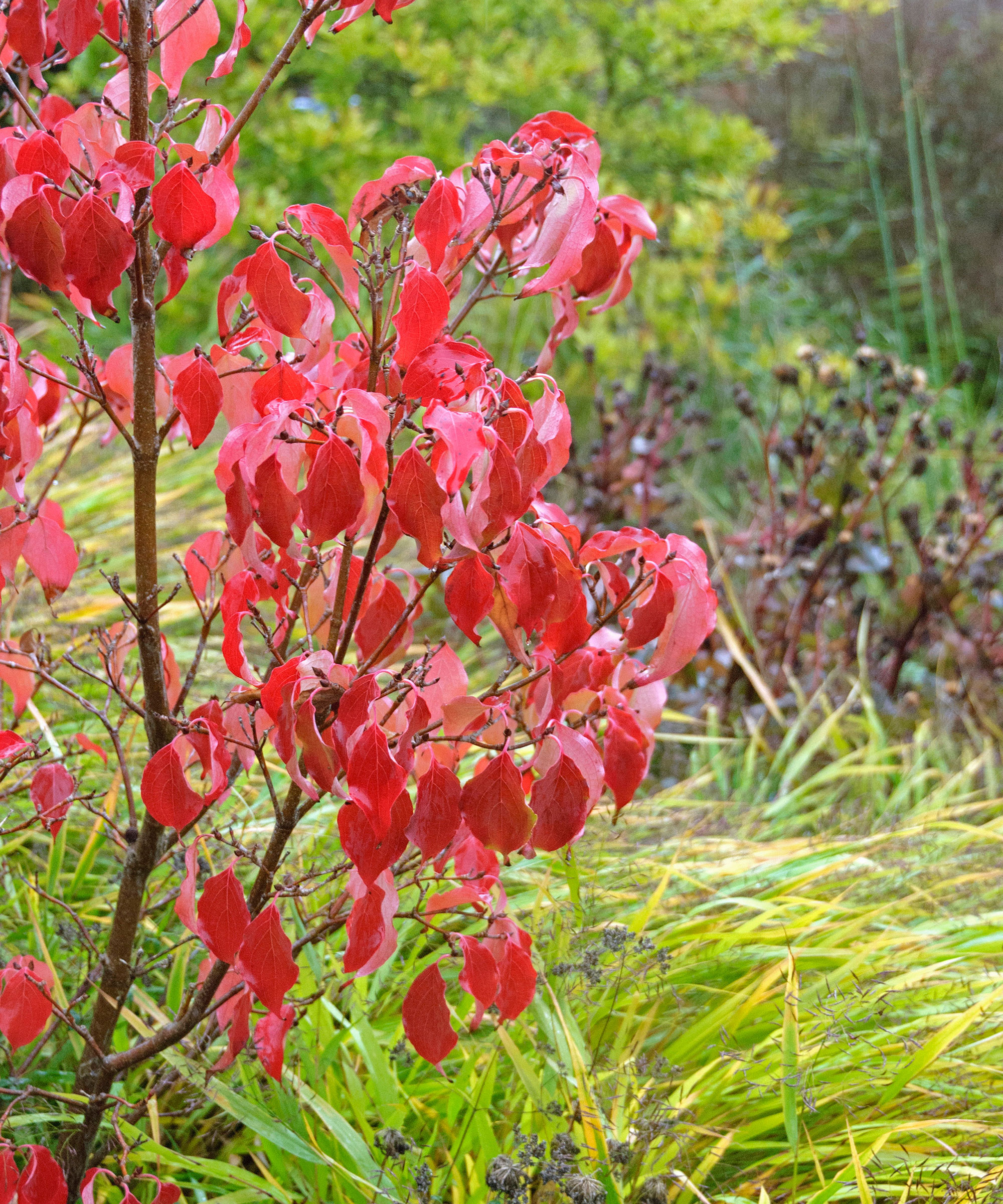
Beautiful and ornamental, in addition to the dark red fall color this tree has creamy white flowers and dusky pink fruits for a long season of interest. It will thrive in most soils except those that are shallow and chalky.
A more unusual option, the compact Japanese dogwood is particularly prized for its dazzling purple-red deciduous foliage in autumn.
As it matures it forms a small multi-stemmed tree that makes an elegant focal point in the garden, and particularly suits small gardens as it only grows to a height of 16.5ft (5m).
USDA hardiness zones 5-8.
If you like the idea of even darker, plum and deep crimson shades, there are even more varieties of Japanese maple trees you can research. Some of the best with deep purple foliage include Acer palmatum 'Bloodgood', 'Suminagashi' and 'Trompenburg'.
Sign up to the Homes & Gardens newsletter
Design expertise in your inbox – from inspiring decorating ideas and beautiful celebrity homes to practical gardening advice and shopping round-ups.
Lifestyle journalist Sarah Wilson writes about flowers, plants, garden design and gardening trends for Homes & Gardens. She has studied introductory garden and landscape design and floristry, and also has an RHS Level 2 qualification in the Principles of Plant Growth and Development. She is a regular contributor to Homes & Gardens and Livingetc. She has also written for Real Homes, Modern Gardens and Country Homes & Interiors magazines.
- Rachel BullHead of Gardens
-
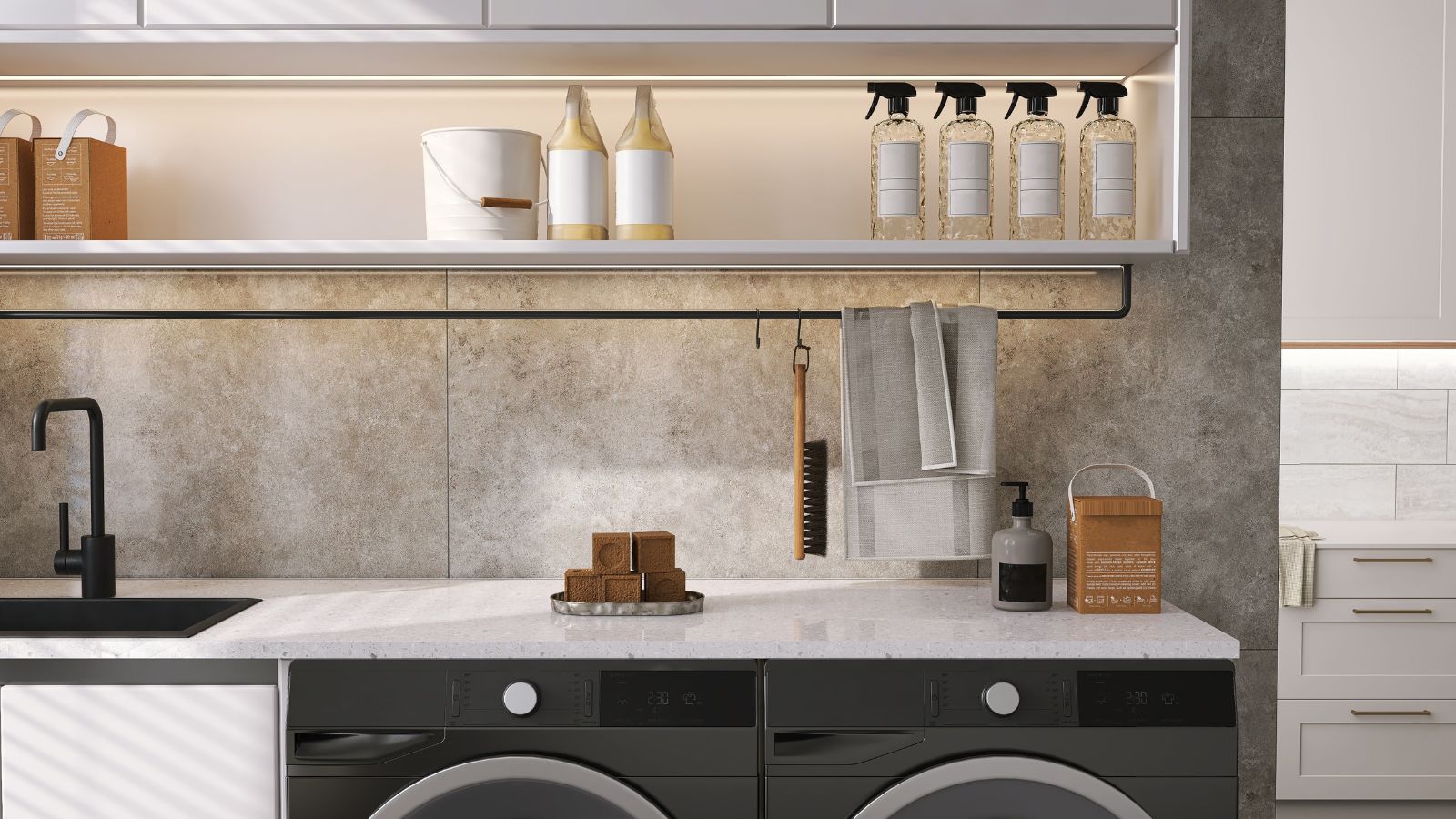 Extend the lifespan of your appliance with 5 simple but crucial washing machine maintenance tips
Extend the lifespan of your appliance with 5 simple but crucial washing machine maintenance tipsFrom cleaning the filters to keeping the door open, experts reveal the washer tips they swear by
By Andy van Terheyden Published
-
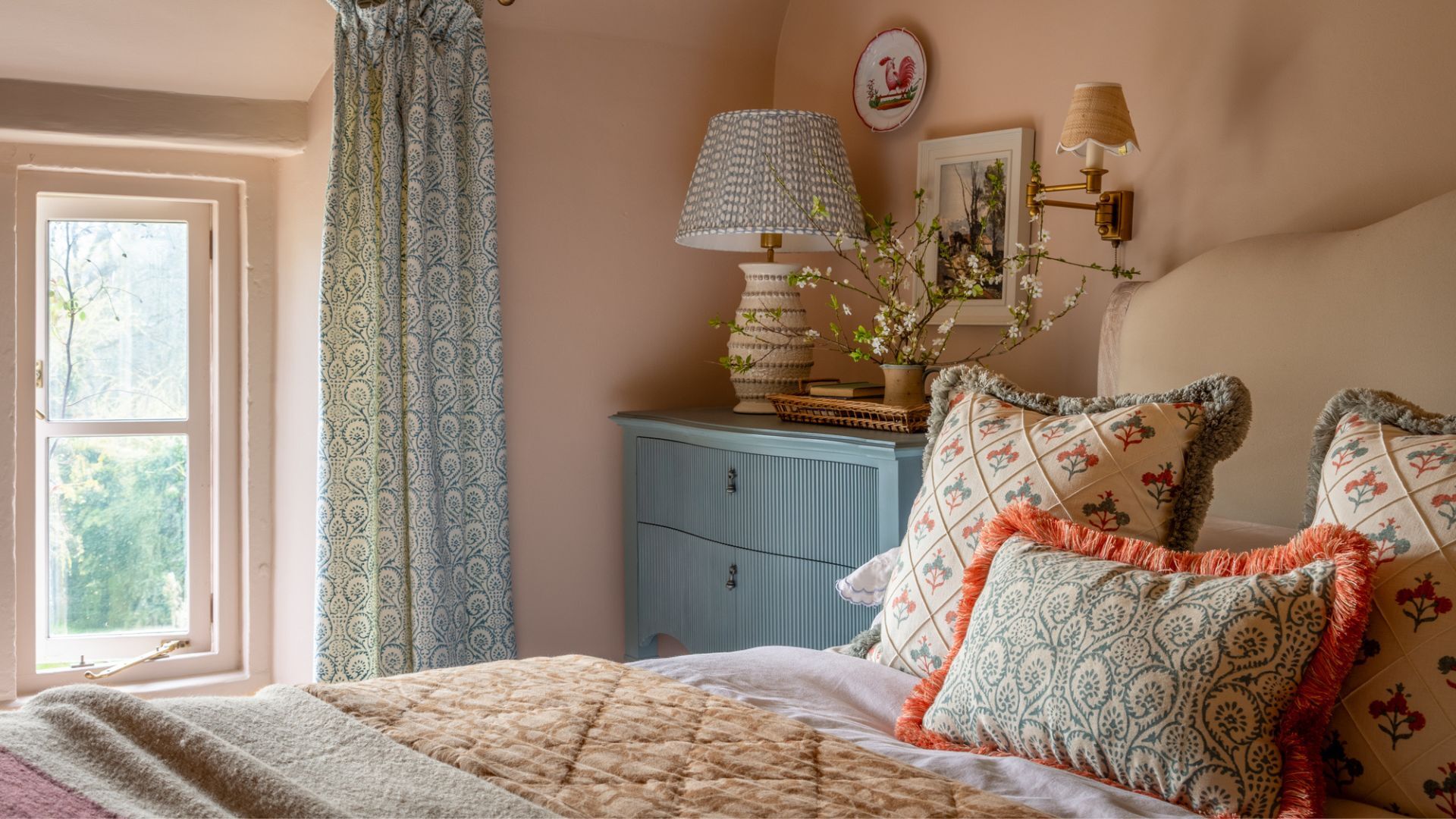 These are the 6 must-have colors to decorate with in April 2025
These are the 6 must-have colors to decorate with in April 2025What do retro-inspired yellows and beautiful blues all have in common? They're on our hot list for the season ahead
By Sophia Pouget de St Victor Published